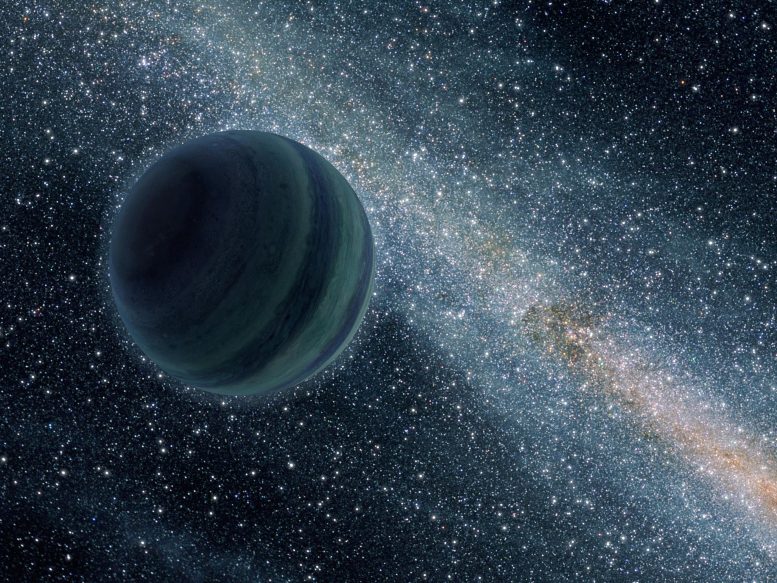
This illustration shows a Jupiter-like planet alone in the dark of space, floating freely without a parent star. CLEoPATRA mission scientists hope to improve the mass estimates of such planets discovered through microlensing. Credit: NASA’s Goddard Space Flight Center Conceptual Image Lab
Exoplanet hunters have found thousands of planets, most orbiting close to their host stars, but relatively few alien worlds have been detected that float freely through the galaxy as so-called rogue planets, not bound to any star. Many astronomers believe that these planets are more common than we know, but that our planet-finding techniques haven’t been up to the task of locating them.
Most exoplanets discovered to date were found because they produce slight dips in the observed light of their host stars as they pass across the star’s disk from our viewpoint. These events are called transits.
NASA’s Nancy Grace Roman Space Telescope will conduct a survey to discover many more exoplanets using powerful techniques available to a wide-field telescope. The stars in our Milky Way galaxy move, and chance alignments can help us find rogue planets. When a free-floating planet aligns precisely with a distant star, this can cause the star to brighten. During such events, the planet’s gravity acts as a lens that briefly magnifies the background star’s light. While Roman may find rogue planets through this technique, called gravitational microlensing, there’s one drawback – the distance to the lensing planet is poorly known.
This animation illustrates the concept of gravitational microlensing with a rogue planet — a planet that does not orbit a star. When the rogue planet appears to pass nearly in front of a background source star, the light rays of the source star become bent due to the warped space-time around the foreground planet. Credit: NASA’s Goddard Space Flight Center/CI Lab
Goddard scientist Dr. Richard K. Barry is developing a mission concept called the Contemporaneous LEnsing Parallax and Autonomous TRansient Assay (CLEoPATRA) to exploit parallax effects to calculate these distances. Parallax is the apparent shift in the position of a foreground object as seen by observers in slightly different locations. Our brains exploit the slightly different views of our eyes so we can see depth as well. Astronomers in the 19th century first established the distances to nearby stars using the same effect, measuring how their positions shifted relative to background stars in photographs taken when Earth was on opposite sides of its orbit.
It works a little differently with microlensing, where the apparent alignment of the planet and distant background star greatly depends on the observer’s position. In this case, two well-separated observers, each equipped with a precise clock, would witness the same microlensing event at slightly different times. The time delay between the two detections allows scientists to determine the planet’s distance.
To maximize the parallax effect, CLEoPATRA would hitch a ride on a Mars-bound mission that launches around the same time as Roman, currently scheduled for late 2025. That would place it in its own orbit around the Sun that would achieve a sufficient distance from Earth to effectively measure the microlensing parallax signal and fill in this missing information.
The CLEoPATRA concept would also support the PRime-focus Infrared Microlensing Experiment (PRIME), a ground-based telescope currently being outfitted with a camera using four detectors developed by the Roman mission. Mass estimates for microlensing planets detected by both Roman and PRIME will be significantly improved by simultaneous parallax observations provided by CLEoPATRA.
“CLEoPATRA would be at a great distance from the principal observatory, either Roman or a telescope on Earth,” Barry said. “The parallax signal should then permit us to calculate quite precise masses for these objects, thereby increasing scientific return.”
Stela Ishitani Silva, a research assistant at Goddard and Ph.D. student at the Catholic University of America in Washington, said understanding these free-floating planets will help fill in some of the gaps in our knowledge of how planets form.
“We want to find multiple free-floating planets and try to obtain information about their masses, so we can understand what is common or not common at all,” Ishitani Silva said. “Obtaining the mass is important to understanding their planetary development.”
In order to efficiently find these planets, CLEoPATRA, which completed a Mission Planning Laboratory study at Wallops Flight Facility in early August, will use artificial intelligence. Dr. Greg Olmschenk, a postdoctoral researcher working with Barry, has developed an AI called RApid Machine learnEd Triage (RAMjET) for the mission.
“I work with certain kinds of artificial intelligence called neural networks,” Olmschenk said. “It’s a type of artificial intelligence that will learn through examples. So, you give it a bunch of examples of the thing you want to find, and the thing you want it to filter out, and then it will learn how to recognize patterns in that data to try to find the things that you want to keep and the things you want to throw away.”
Eventually, the AI learns what it needs to identify and will only send back important information. In filtering this information, RAMjET will help CLEoPATRA overcome an extremely limited data transmission rate. CLEoPATRA will have to watch millions of stars every hour or so, and there’s no way to send all that data to Earth. Therefore, the spacecraft will have to analyze the data on-board and send back only the measurements for sources it detects to be microlensing events.
“CLEoPATRA will permit us to estimate many high-precision masses for new planets detected by Roman and PRIME,” Barry said. “And it may allow us to capture or estimate the actual mass of a free-floating planet for the first time — never been done before. So cool, and so exciting. Really, it’s a new golden age for astronomy right now, and I’m just very excited about it.”
[Editor’s Note: An earlier version of the title used “with” instead of “using.”]

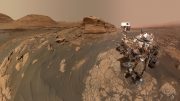
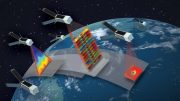
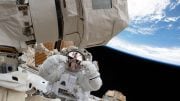


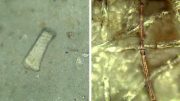
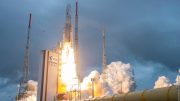

That’s the problem with sloppy and poorly thought out titles. You leave us wondering just how free-floating planets develop artificial intelligence.